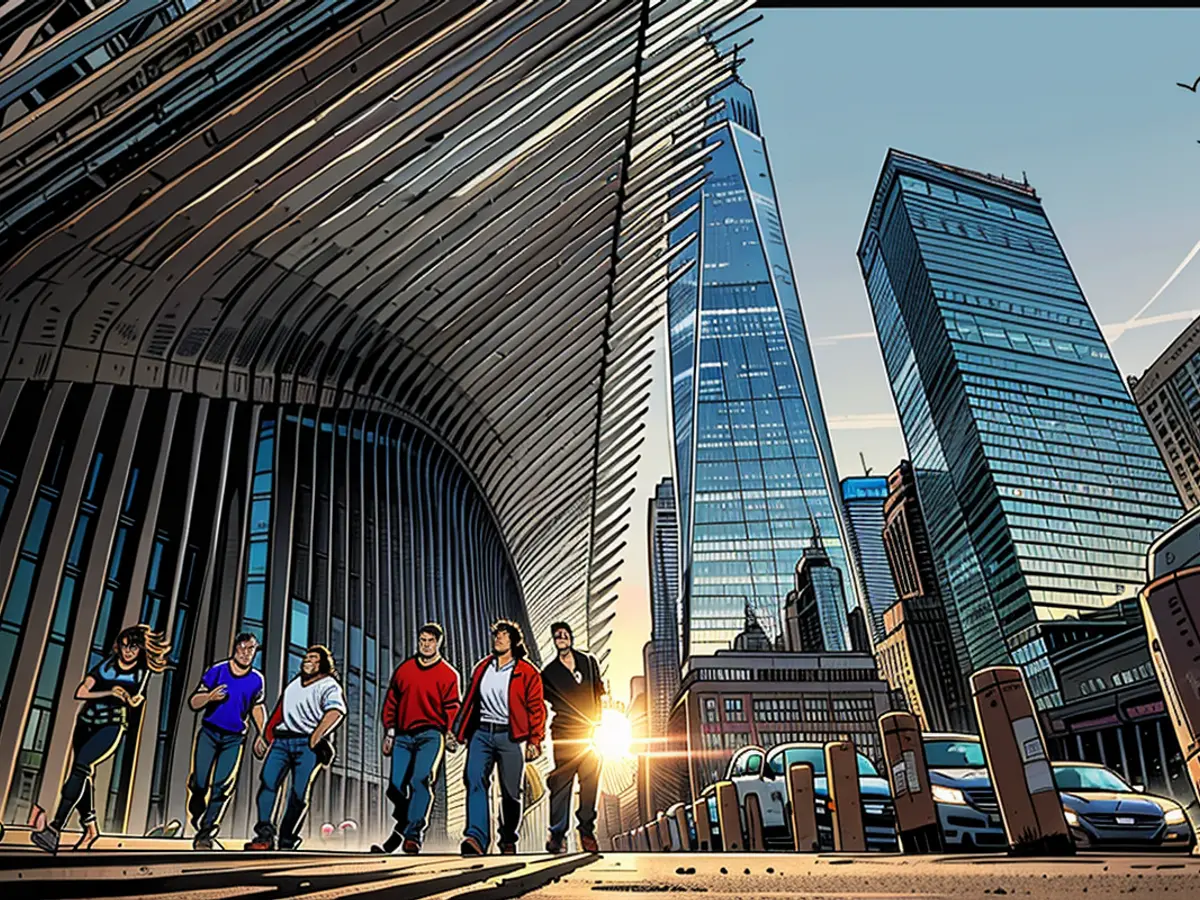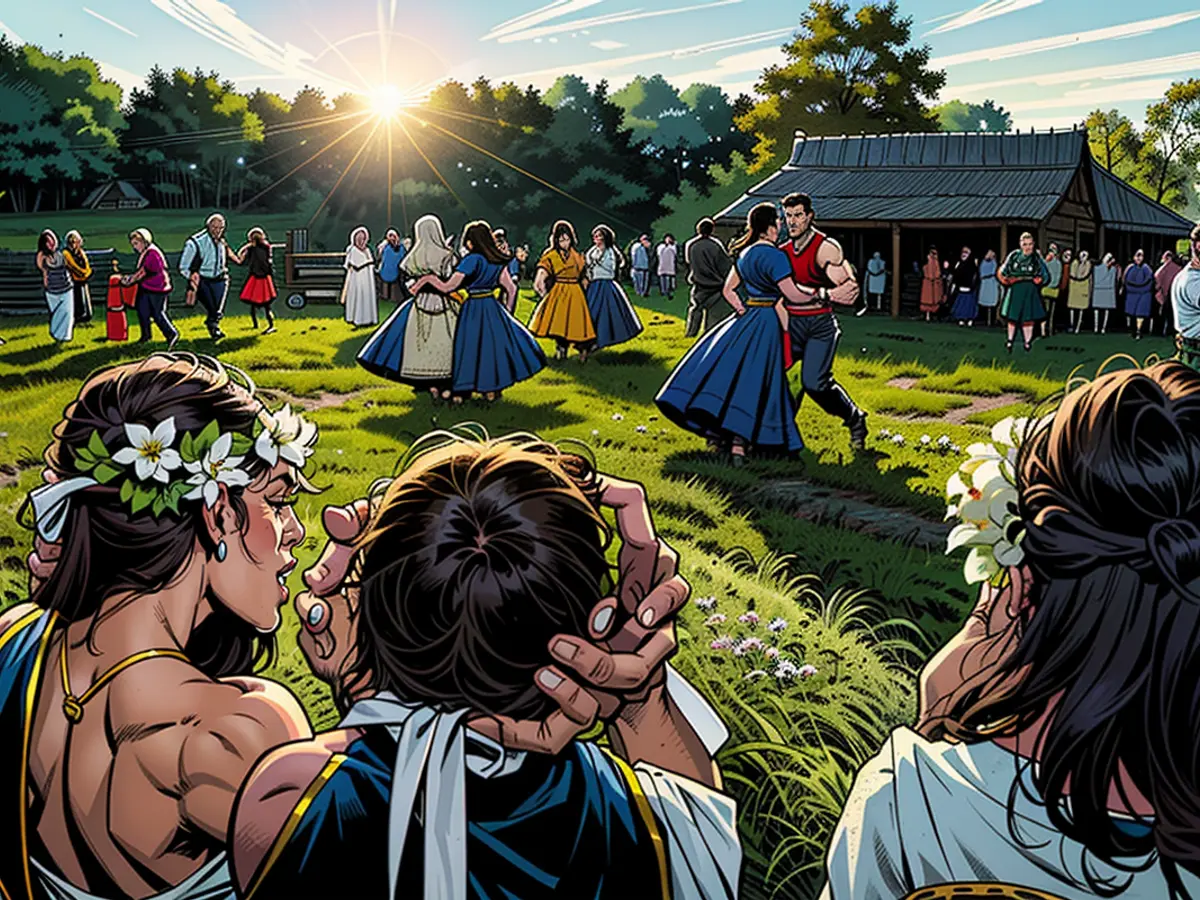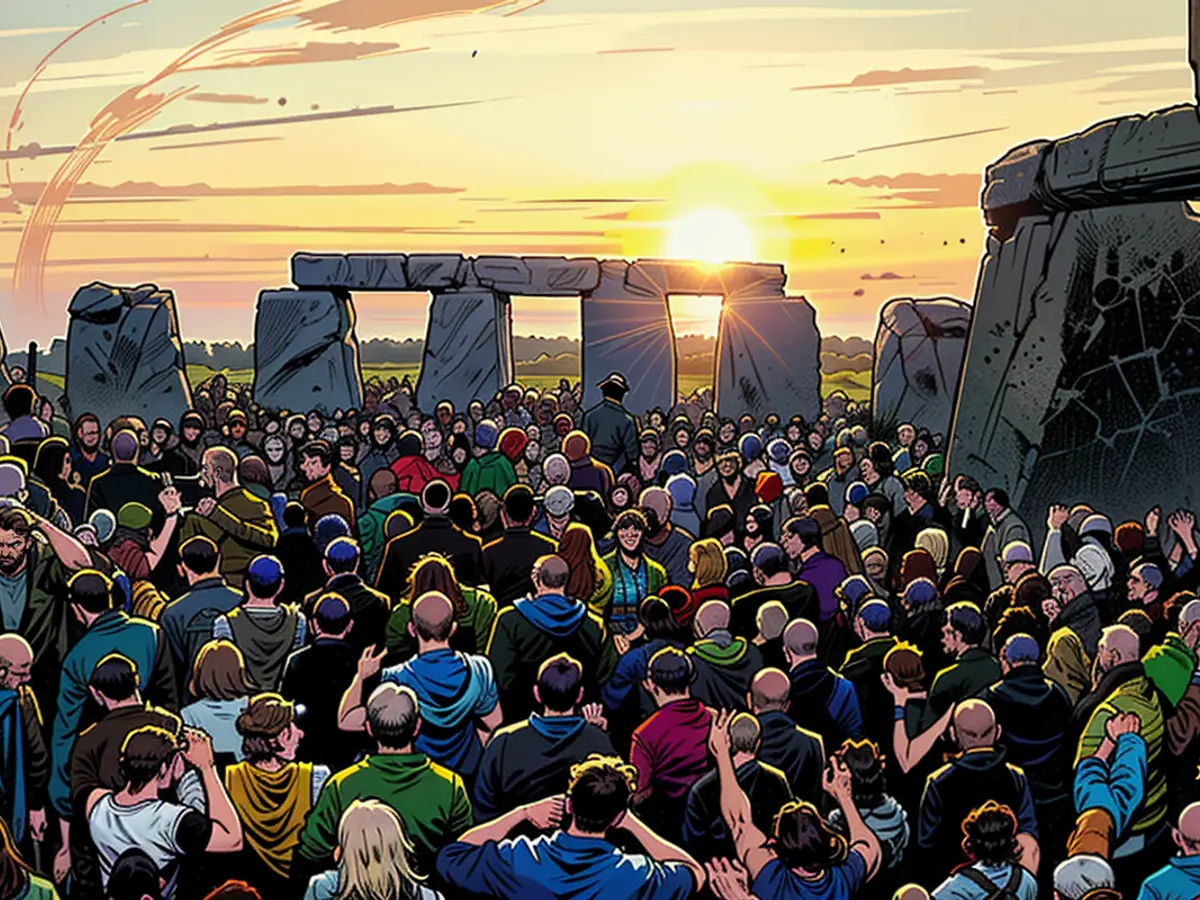Longest Day of the Year Insight: Unveiling the Facts Surrounding Summer Solstice
The summer solstice is approaching on Thursday, June 20. This day marks the longest day and shortest night in the Northern Hemisphere, as well as the start of summer. Our ancestors were certainly attentive to this annual event, constructing monuments such as Stonehenge to mark the solstice light.
Modern-day celebrations of the day continue in towns and cities across the world. These include gatherings at Stonehenge in England, the Midsummer Eve festivities in Sweden, and Ivan Kupala Night celebrations in Eastern Europe.
Historically, the summer solstice has been linked to fertility, both for plants and humans, in various locations around the globe. The mysteries surrounding the solstice and its traditions have captivated people for centuries.
Summer solstice science
The summer solstice only occurs in the Northern Hemisphere, where around 90% of the world's population resides. Places south of the equator, like Chile, South Africa, and Australia, experience their winter solstice and the shortest day of the year.

The exact time of the 2024 summer solstice is Thursday, June 20, at 20:51 UTC (Universal Time Coordinated). The time and date of the solstice may vary depending on your local time zone. For example, this will be 1:51 p.m. in Los Angeles, 4:51 p.m. in New York City, 9:51 p.m. in London, and 5:51 a.m. June 21 in Tokyo. Earthsky.org offers a useful time zone conversion tool for calculating the local time of the solstice.
People living close to the poles and far from the equator experience the most significant differences in sunlight. In Quito, Ecuador, just north of the equator, the shift in daylight is minimal, with an additional six and a half minutes of daylight. Meanwhile, residents of Helsinki, Finland, can count on a 3:54 a.m. sunrise and almost 19 hours of daylight, with the night barely getting dark. In Fairbanks, central interior Alaska, the length of daylight reaches almost 22 hours, making blackout curtains a necessity.
Why aren't we getting 12 hours of daylight all year?
During the spring equinox three months ago, people all over the world enjoyed nearly equal amounts of day and night. Since then, the amount of sunlight in the Northern Hemisphere has been increasing daily. This is because the Earth's axis is tilted at an angle of 23.5 degrees, and as the Earth orbits the sun, different parts of the planet receive direct sunlight at different times of the year. When the sun reaches its apex in the Northern Hemisphere, it's the summer solstice. After that, the days begin to get shorter until we reach the 12-hour day/night split in the fall equinox.

The summer solstice is not typically the hottest time of year, although temperatures are high this week in much of the United States. On average, the United States experiences the warmest temperatures in July or early August.
Celebrating the summer solstice
Stonehenge in Southwest England is a fascinating example of an ancient monument aligned with the summer solstice. The central axis of Stonehenge is aligned with the sunrise at summer solstice and sunset at winter solstice, allowing the stones to frame the rising and setting sun during the longest and shortest days of the year. The English Heritage society organizes gatherings at Stonehenge for the summer solstice and livestreams the sunrise.
In Sweden, the Midsummer Eve celebration revolves around the solstice and consists of maypole dances, folk music, and romantic rituals. In Ukraine and other Eastern European countries, Ivan Kupala Night is a holiday with romantic associations, involving dancing, flower wreaths, and bonfires. In India, the summer solstice is traditionally marked by mass yoga sessions and the United Nations' International Yoga Day, which is celebrated annually on the solstice.

Read also:
During the summer solstice, many people enjoy traveling to celebrate the longest day of the year. For instance, tours to Stonehenge during the summer solstice are popular in England, allowing visitors to witness the sunrise framed by the ancient stones.
Additionally, attending Midsummer Eve festivals in Sweden or Ivan Kupala Night celebrations in Eastern Europe are excellent opportunities for travelers to immerse themselves in unique cultural traditions associated with the summer solstice.
- Fear of escalation in the Middle East: US Secretary of State Blinken travels to the region again
- Government circles: US Secretary of State Blinken to travel to Middle East again
- Bridging days 2024: How you can double your vacation this year
- Germany has wanderlust: how tour operators and airlines are looking ahead to the next travel year








